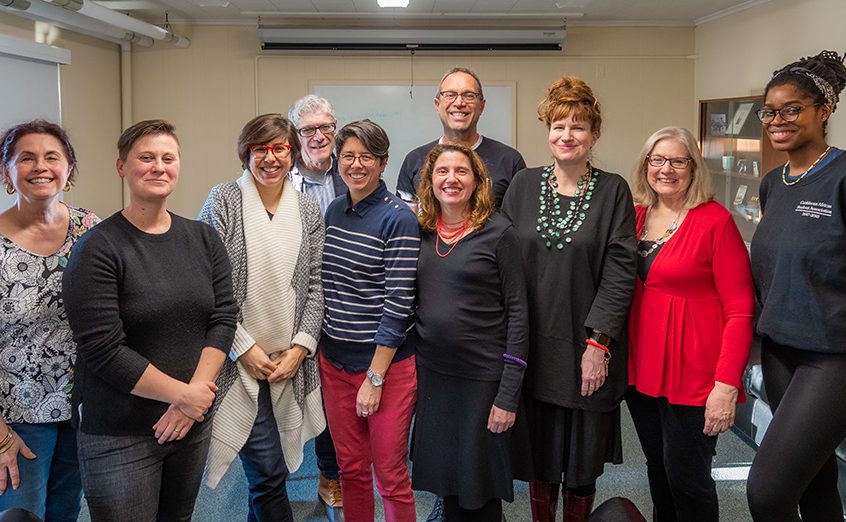Language, Literature, and Culture
Transpacific Im/Mobilities: Two Movements in Nisei Musical Practice
Document Type
Article
Abstract
To address the social and musical experiences of Japanese Americans in the first half of the twentieth century—to consider their passage across oceans, archipelagoes, urban centers, and rural outposts—is to trace a history of continuous and multifaceted mobility. At the same time, however, to do so is also to confront a certain terminological paradox. That is, if one aims to account for the centrality of movement and motion to Japanese American musical practice—or to endeavor in any way to deploy mobility as a thematic or interpretive keyword—one must acknowledge the equal importance of immobility as well. Paradoxically, one must grant that the histories of Japanese American musical practice are equally, and often simultaneously, ones of migration as well as incarceration, of place-making and displacement, of mobility and immobility at once. This is indeed the case for the vast number of individual and shared experiences that have come to populate the historical record, and which can be traced through an ever-widening array of archival initiatives, oral history projects, and academic studies. Across these accounts, one repeatedly encounters the impossibility of discussing either term apart from the other, and thus the impossibility of framing the very notion of mobility in the largely celebratory terms in which it is often invoked in public discourse.
Publication Title
American Music
Publication Date
Spring 2023
Volume
41
Issue
1
ISSN
0734-4392
DOI
10.5406/19452349.41.1.04
Keywords
Japan, Japanese Americans, Transpacific Im/Mobilities, Nisei musical practice, jazz
Repository Citation
Murphy, Alexander, "Transpacific Im/Mobilities: Two Movements in Nisei Musical Practice" (2023). Language, Literature, and Culture. 10.
https://commons.clarku.edu/llc/10



